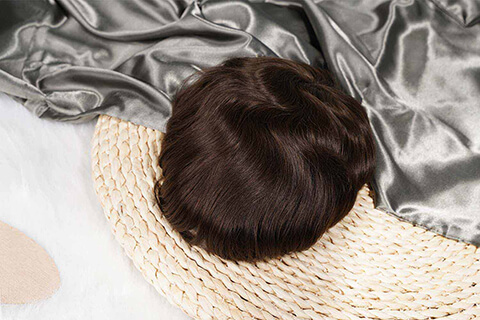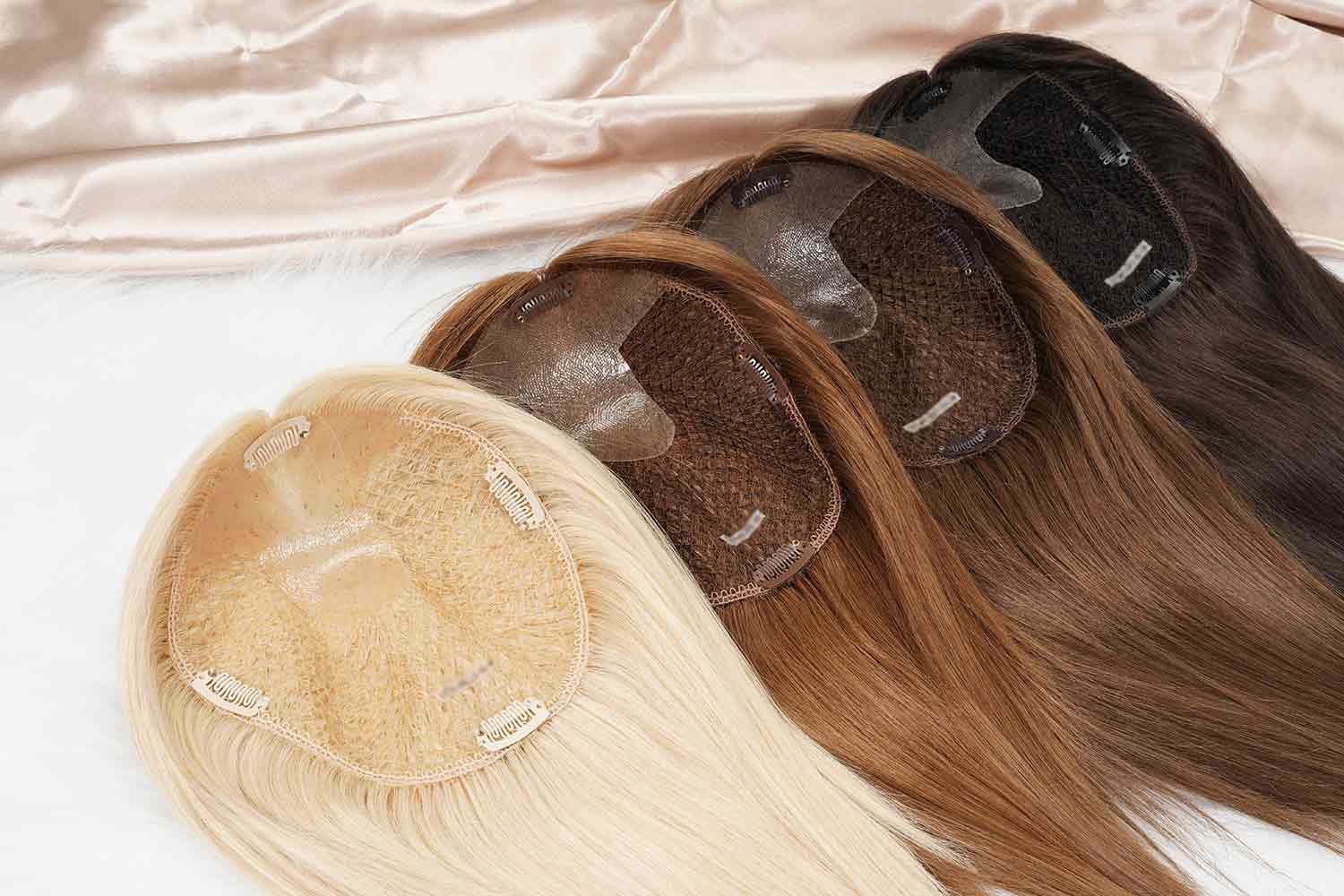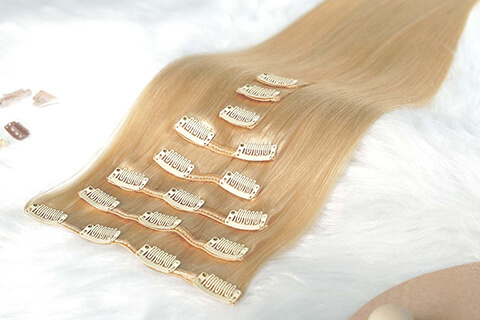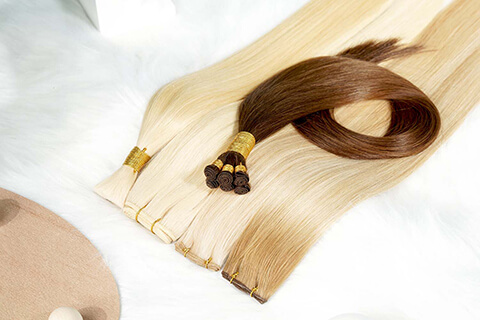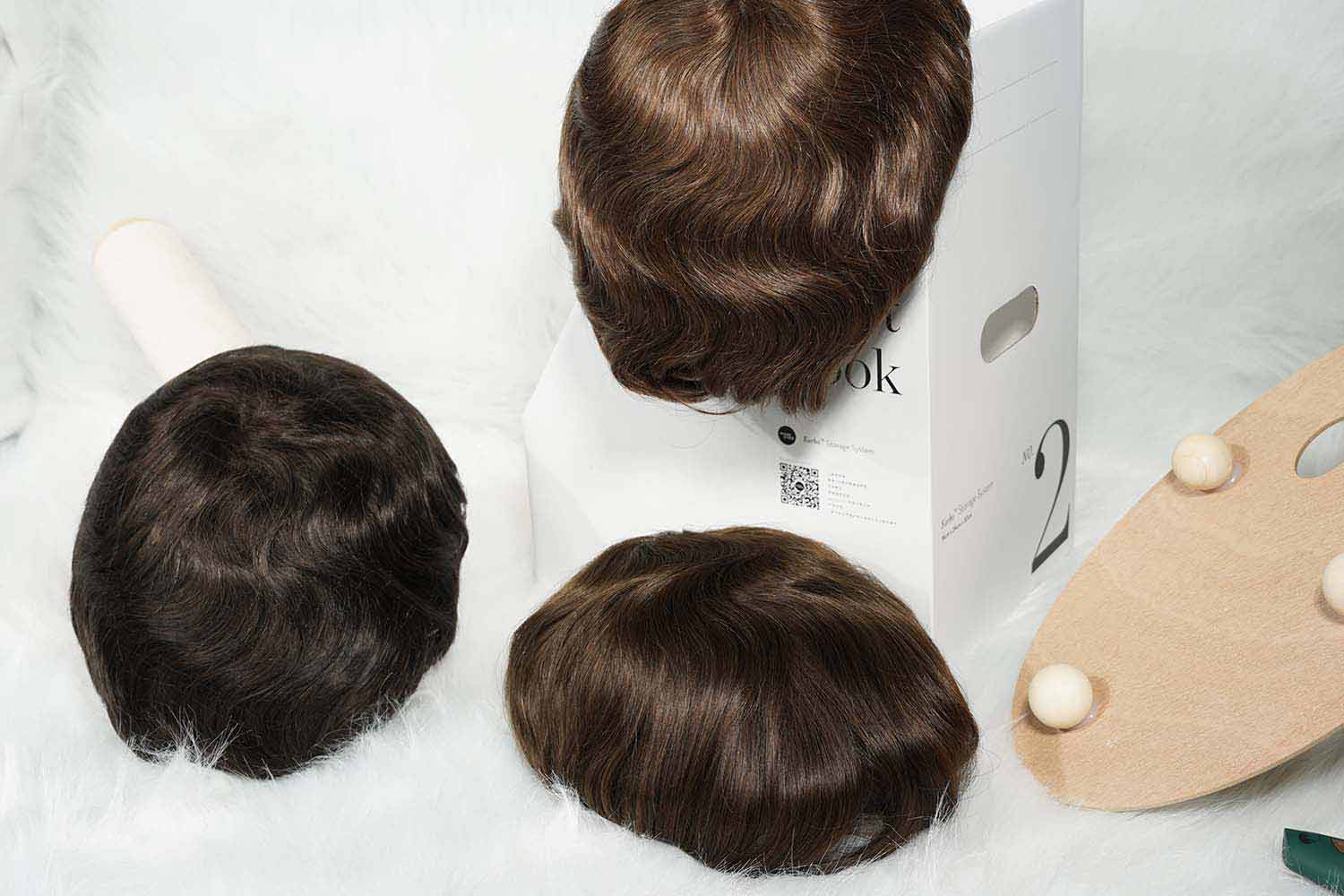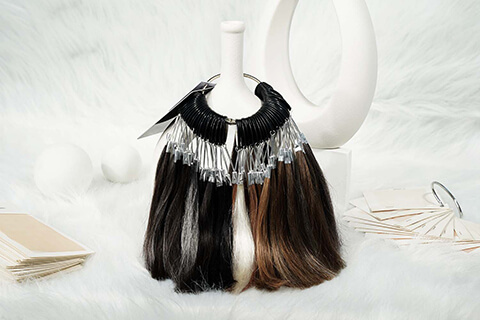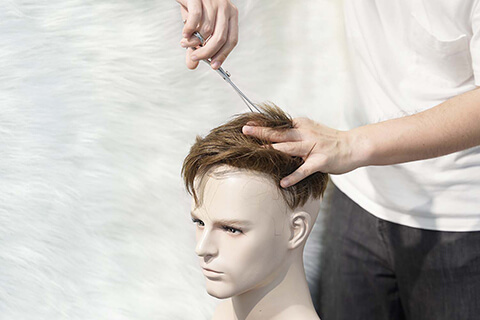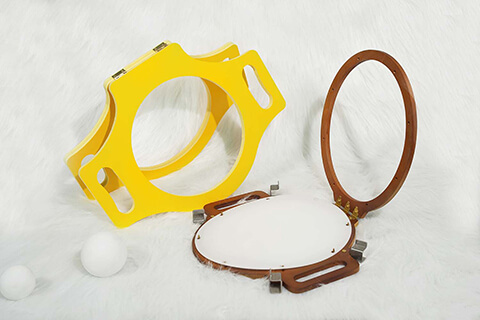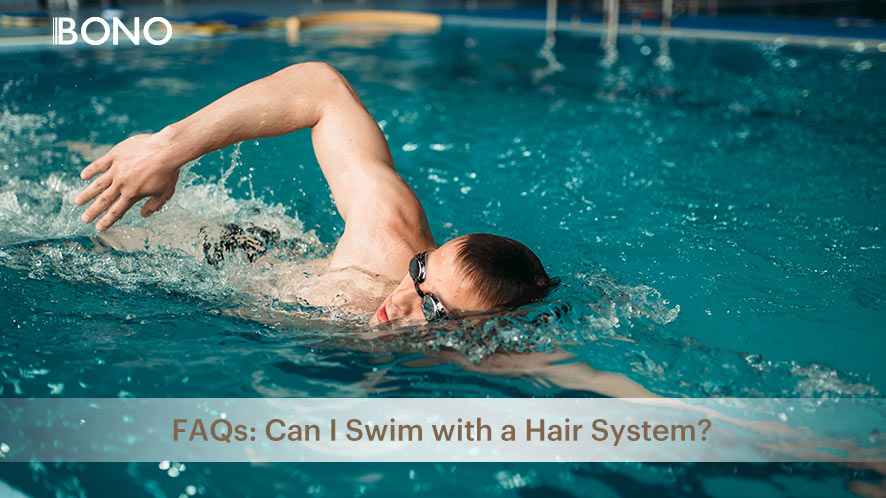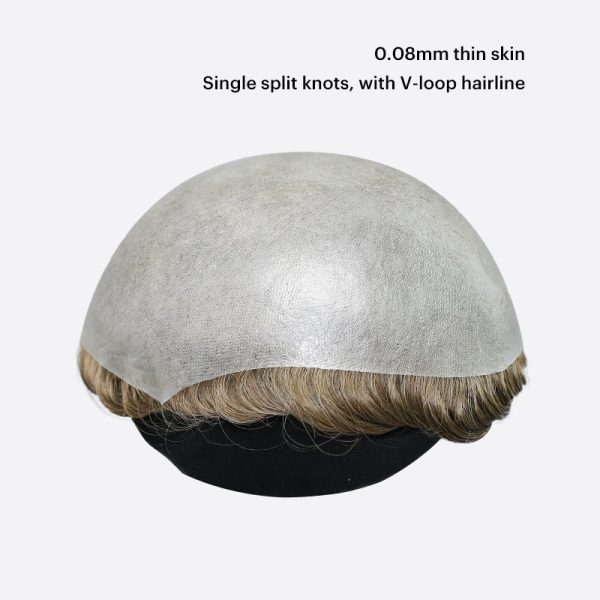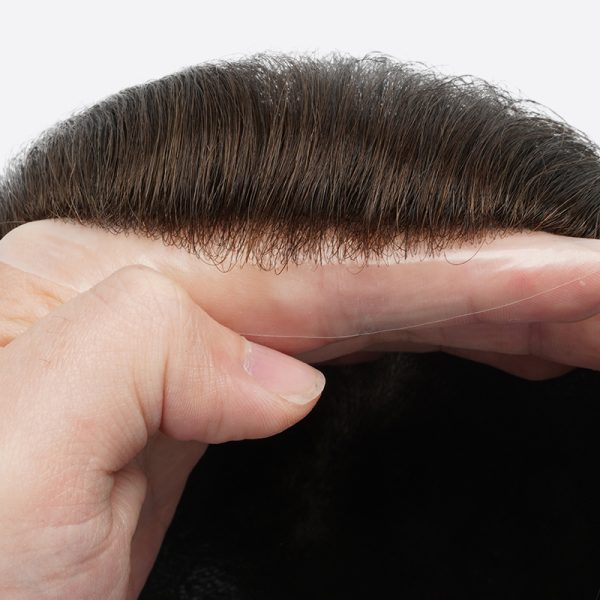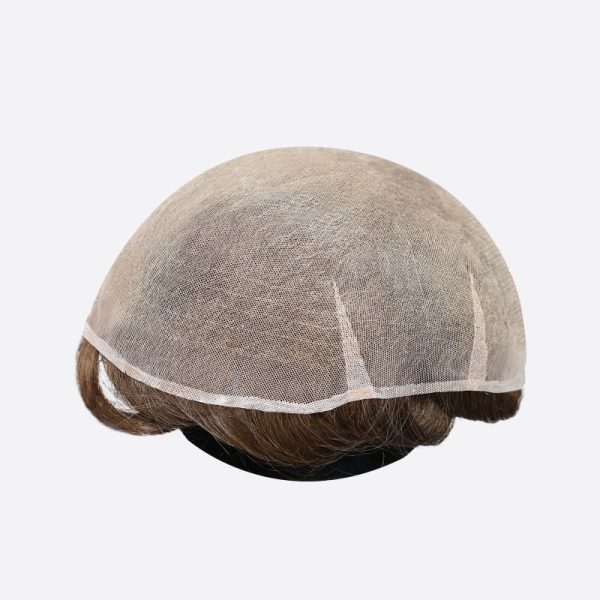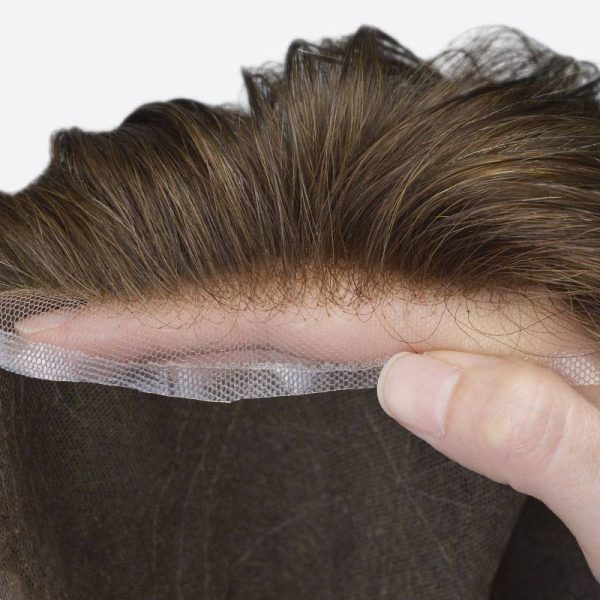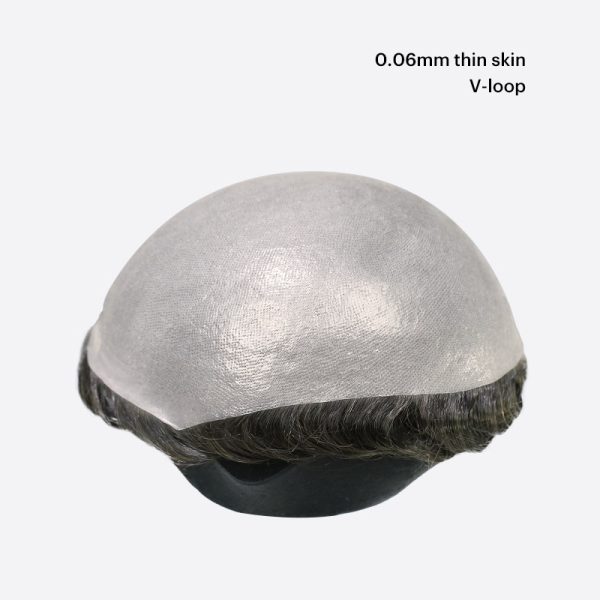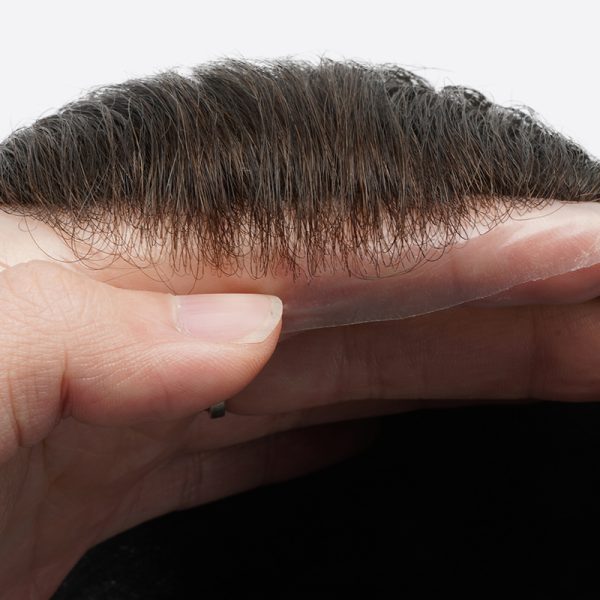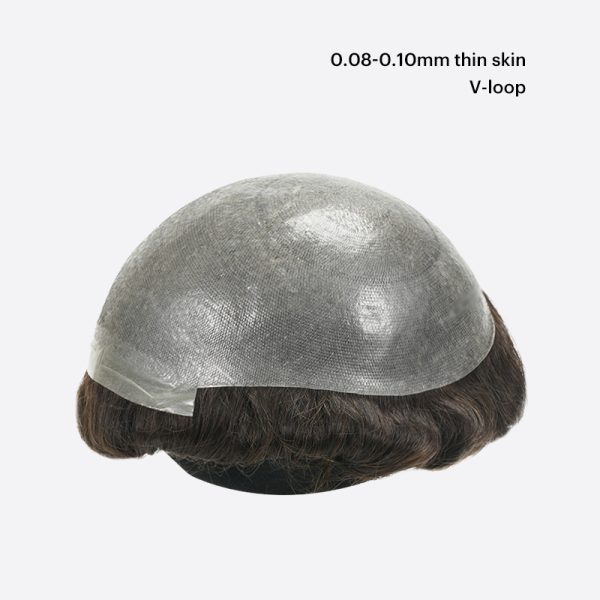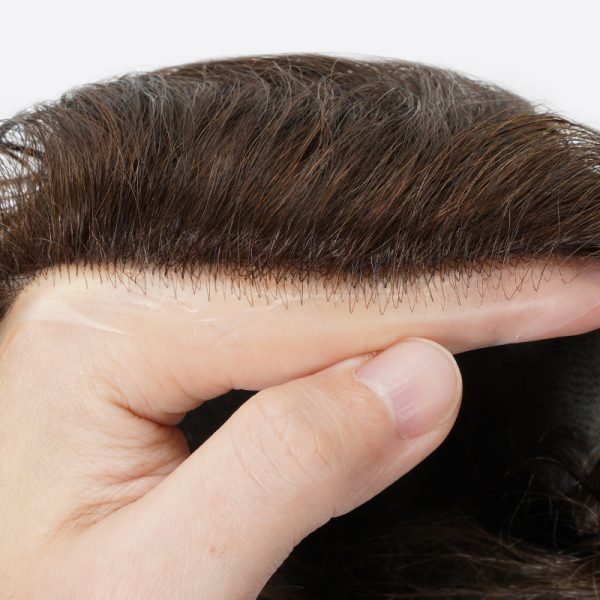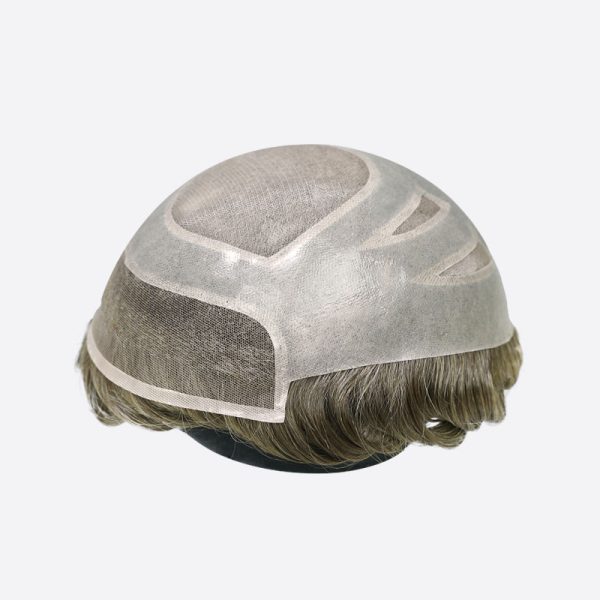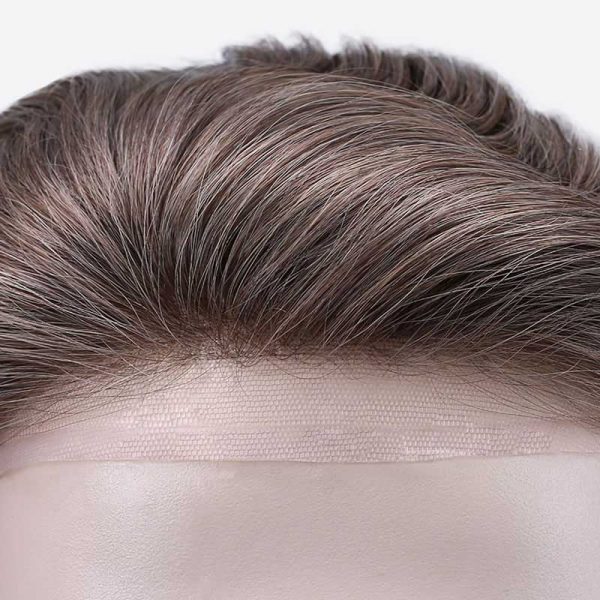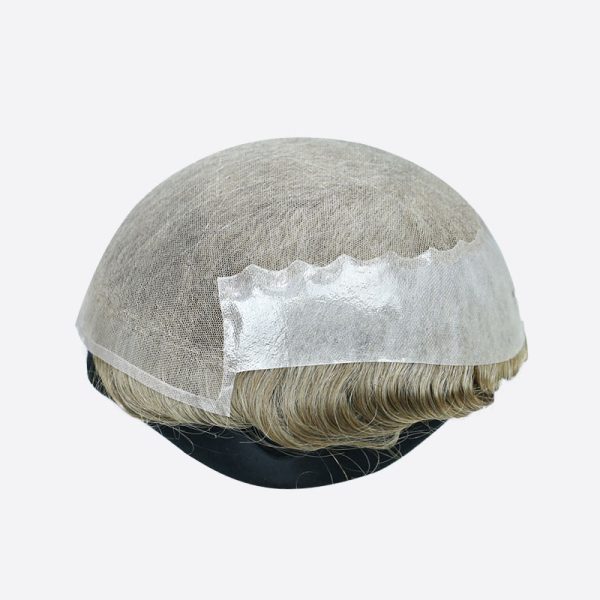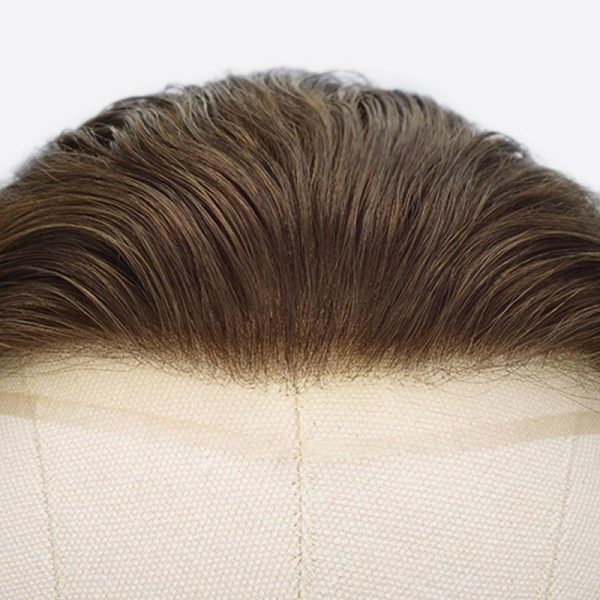Introduction
“Can I go swimming whilst wearing a hair system?”
This is one question that your clients will certainly want to know the answer to. Let’s face it, who can resist the temptation of a cool swimming pool or a dip in the ocean on a hot summer’s day.
But, before we answer these questions, there are 3 key factors that hair replacement specialists should consider.
Key Takeaways:
- What could potentially damage a hair system whilst swimming? What could chlorine saltwater and sunlight do to a system?
- What impact does the hair type used on toupees have on being able to swim?
- What adhesive provides the strongest bond for swimming?
How Could Swimming Affect Hair Systems?
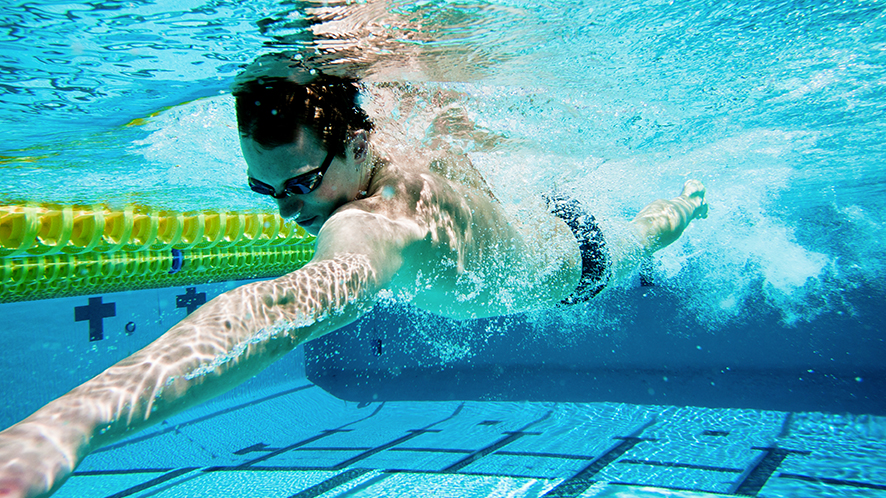
Regular exposure to chlorinated water will cause significant damage to hair systems. Chlorine, which is often found in swimming pools, can be harsh on hair, especially fine hair such as Remy European hair and chemically treated hair. It strips the protective conditioning layer from the hair system, causing dryness, increased porosity and brittleness. Saltwater, on the other hand, dehydrates the hair, leaving it feeling tangled and frizzy.
The sun’s rays actively bleach hair, says dermatologist Wilma Bergfeld, MD. It reacts with the melanin in the hair and removes the color in an irreversible chemical reaction. This means sunburn can also occur on hair. Furthermore, if hair is exposed to chlorinated water or saltwater, it is more vulnerable to the damaging effects of the sun. Damaged hair proteins, and hair cuticles allow sun and heat to penetrate the hair easily thus resulting in fragile and brittle hair.
Impact of Hair Used on the Hair Unit
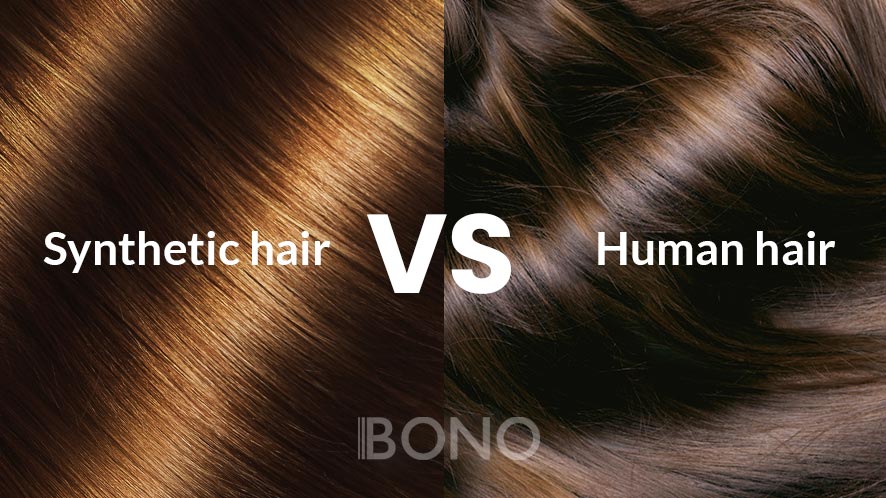
Two different types of hair are most commonly used on nonsurgical hair solutions: human and synthetic hair. Synthetic hair is sensitive to heat, whilst human hair is prone to damage from saltwater and swimming pools. Human hair includes processed hair, Remy hair and Virgin hair. As we mentioned in Is European Hair the Best Hair Type for Hairpieces, compared to non-Remy hair, Remy, and Virgin hair is of better quality as it is less chemically treated, this offers wearers a longer period of healthy-looking, natural hair.
| Pros | Cons | |
| Human Hair | Natural appearance | Susceptible to chlorine and saltwater damage |
| Synthetic hair | Doesn’t fade or oxidize | Heat intolerant |
Finding the Right Adhesives for Swimming
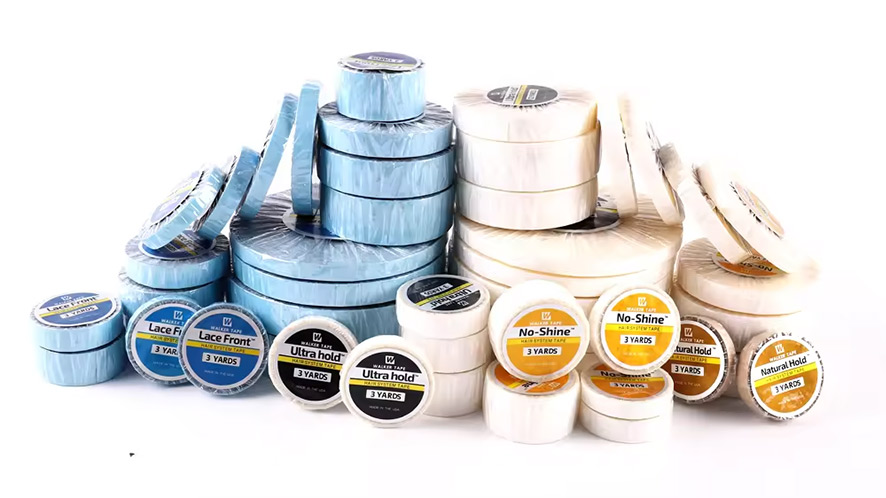
There are many different toupee adhesives available on the market and these are all designed with different purposes in mind. It is important to ensure your clients know that if they intend on swimming with their system, then fully waterproof, max-strength adhesives are required. If the client is using a non-waterproof adhesive, it is essential that they get a re-bonding before their vacation. It is very important to note that the bond takes 24 hours to cure completely and this must be adhered to before the hairpiece is exposed to water of any kind, including excessive sweating. Rather than using long-lasting glue, choosing a strong adhesive that has been specifically designed for underwater activities will secure the position of your clients’ hair. It is very important that you run a skin patch test before using this product.
Chemicals used to treat water (such as salt, chlorine, and UV rays) can damage hair systems. We have included some top tips below about how you can reduce this damage.
How to Stop Chlorine Damaging Your Hair
1. Shower before hitting the pool
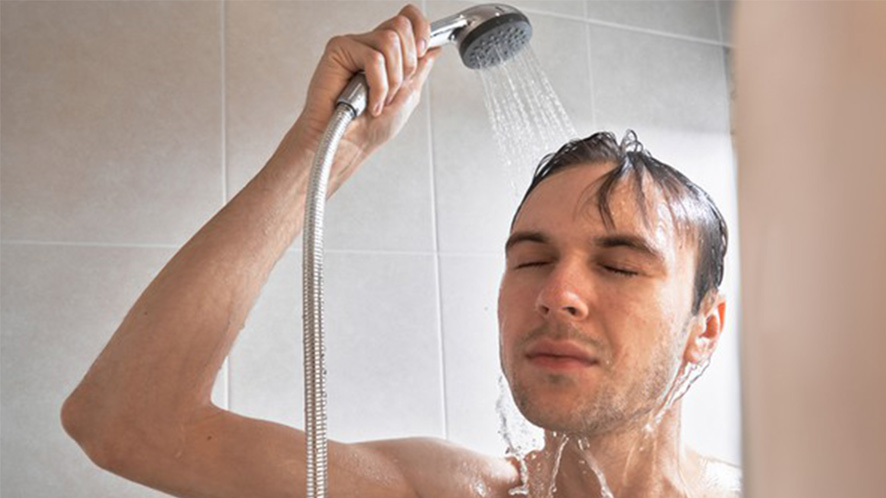
It may sound counterintuitive, but water is the number one nutrient to all human hair, even the hair systems. Human hair is porous and works like a sponge, it can only handle so much water. So, if you fill this cuticle with clean, untreated water, it will be harder for saltwater or chlorine to permeate your hair strands and damage your hair.
2. Apply hair conditioner prior to swimming
If your client is unsure about wetting their hair prior to swimming, then conditioning the system to create a pre-swim shield is another good idea. Simply apply a lot of conditioner, it does not matter if it is a leave-in conditioner or a hair mask, to the damp hair system before entering the pool. This prevents important hair nutrients from being stripped away by chlorinated water or saltwater. This also helps to detangle the hair and reduce hair loss after swimming. Do not rinse the conditioner out before swimming.
3. Load on water-resistant SPF
Regardless of whether your client has a synthetic hair system or a human hair system, they must avoid too much sun exposure whilst swimming. Excessive UV exposure not only increases the risk of melanoma but also causes hair to lose its color. This leaves the hair feeling dry, brittle, and lifeless.
Prior to swimming or sun exposure, use a leave-in conditioner that has a UV filter built-in. This will help protect the hair from oxidizing and prevent increased dryness.
4. No cap, no swim
The best way to avoid water damage is to stop your hair from getting wet altogether. Wearing a swimming cap is best practice, you can enjoy the activity without having to worry about your hair! It keeps most of the water off your hair thus minimizing the damaging effects of chlorinated or saltwater on your system. It also helps to secure the position of your unit, so you can dive, jump, and cannonball freely!
5. Shampoo the hair system immediately after chlorine exposure

It is important to shampoo the hair system immediately after getting out of the pool or ocean. This is the only way to ensure chlorine and salt are rinsed from the system. Deep cleansing of the hair system will stop harsh chemicals from further damaging the hair. We also recommend a chlorine removal shampoo for clients who are regular swimmers.
6. Condition the hair well after shampooing
After shampooing, it is essential that the hair system is thoroughly conditioned. Conditioner helps to replace moisture and protein in the hair, it relieves the damaging impacts of chlorine and saltwater. Leave-in conditioners are also highly recommended for daily use.
Products with specially designed lightweight formulas are easy to apply whilst keeping the toupee in good condition. Some of these products even come with built-in SPF, to help protect the hair against damage caused by the sun. If your organization has many athletic clients, you may want to consider investing in a gym go-to kit in-store.
7. Avoid overbrushing
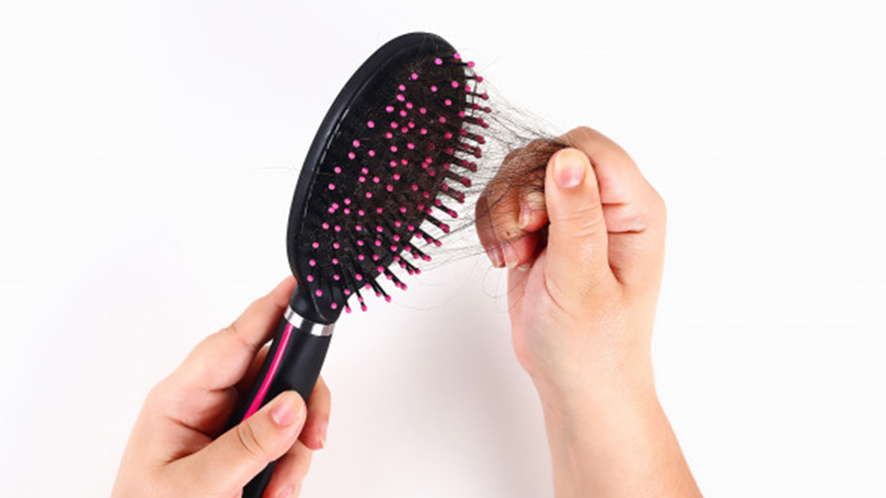
As we mentioned in an earlier blog Top Tricks and Habits in Hair System Maintenance to Prolong the Lifespan, several damaging habits can lead to hair loss. Overbrushing hair is one of these damaging habits.
Overbrushing means running a brush or comb too hard through the hair system. This places the hair fiber under significant stress, and it can cause the cuticles to flack and strip away. Overbrushing should always be avoided, especially after swimming.
Due to the detrimental impacts of chlorine and saltwater on a hair system, the hair may become tangled and frizzy. If you brush too hard, then this may damage the hair on the hair system, leading to frizzy and damaged hair. It is important to note that skin bases swell out when wet which can lead to the system detaching.
8. Prepare a separate hairpiece
For frequent swimmers, we highly recommend preparing a separate hair system for swimming. This is because the top tips we have provided you with above can not prevent damage to the system, only alleviate the damage that will be caused. Therefore, if a hair system is regularly exposed to pool water, it will become more damaged than a hair system that is not regularly exposed to pool water.
Conclusion
Whether your client is using a synthetic or human hair unit, they must try to take good care of it, especially when it is exposed to chlorine, salt water, or UV rays. Let’s work together to make your clients feel awesome again!










